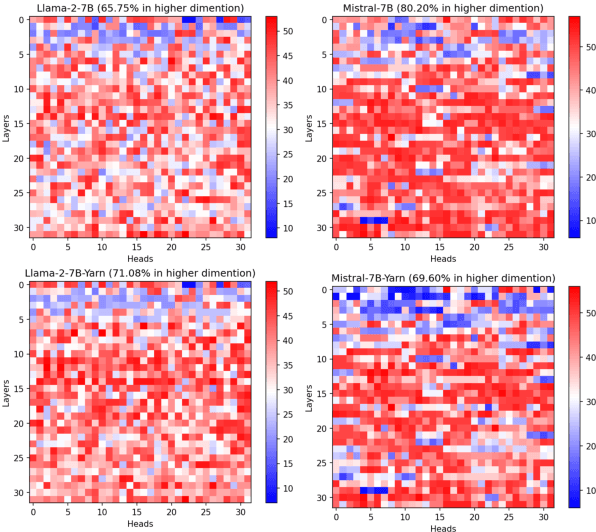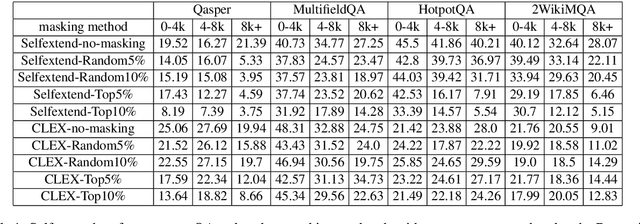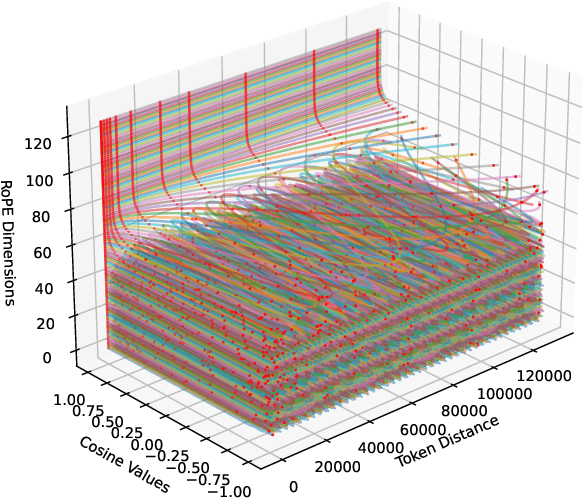On the token distance modeling ability of higher RoPE attention dimension
Paper and Code
Oct 11, 2024



Length extrapolation algorithms based on Rotary position embedding (RoPE) have shown promising results in extending the context length of language models. However, understanding how position embedding can capture longer-range contextual information remains elusive. Based on the intuition that different dimensions correspond to different frequency of changes in RoPE encoding, we conducted a dimension-level analysis to investigate the correlation between a hidden dimension of an attention head and its contribution to capturing long-distance dependencies. Using our correlation metric, we identified a particular type of attention heads, which we named Positional Heads, from various length-extrapolated models. These heads exhibit a strong focus on long-range information interaction and play a pivotal role in long input processing, as evidence by our ablation. We further demonstrate the correlation between the efficiency of length extrapolation and the extension of the high-dimensional attention allocation of these heads. The identification of Positional Heads provides insights for future research in long-text comprehension.
 Add to Chrome
Add to Chrome Add to Firefox
Add to Firefox Add to Edge
Add to Edge